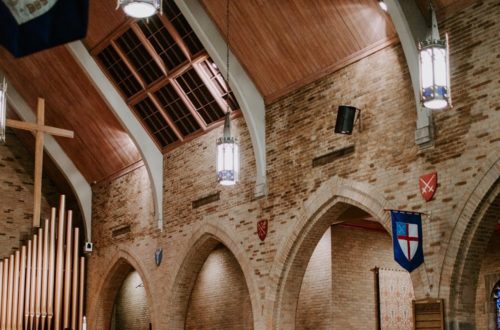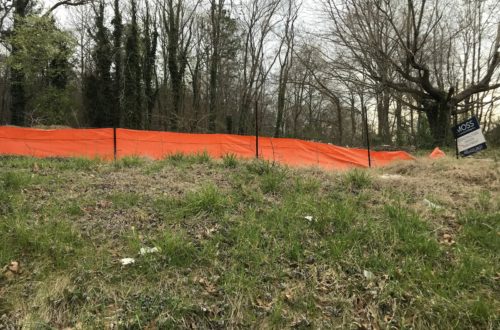Before the Last Frost (6 Weeks)
Bees are essential to pollinating the vegetable garden. The best way to attract them is to have a variety of flowers of different shapes and colors throughout the season. I personally love the seed packets geared towards pollinators. The best way to keep those bees healthy is to not use pesticides. Last summer we decided not to use a mosquito spray service for the sake of the bees and our chickens. The mosquitoes were terrible, but there were so many more bees observed in the yard. Also be aware of plants that may be toxic. I was totally unaware that Carolina Jessamine might be problematic until I was looking up plants for this post.
 |
| “The plant is also toxic to honeybees, according to folklore, but scientific proof is scarce. John Skinner of the University of Tennessee says that the nectar intoxicates, paralyzes and kills honey bees, but the Lady Bird Johnson Wildflower Center and other reputable websites do not mention any ill effects to bees. Florida Master Gardener Lynn Hice suggests that bees might be harmed if limited to the nectar of Carolina jessamine but are not in danger if they have many floral options.” Source: Teo Spengler, http://homeguides.sfgate.com/carolina-jasmine-flowers-toxic-bees-81487.html |
From Beegreen Gardens, here is a list of native bee plants for North Carolina:
Asclepias tuberosa – Butterfly Weed
Baptisia australis – False Indigo
Bignonia capreolata – Crossvine
Callirhoe involucrata – Poppy Mallow
Campsis radicans – Trumpet Vine
Chasmanthium latifolium – River Oats
Chrysoganum virginianum – Green and Gold
Echinaceae purpurea – Purple Coneflower
Iris cristata – Crested Iris
Lobelia cardinalis – Cardinal flower
Lobelia siphilitica – Great Blue Lobelia
Lonicera sempervirens – Coral Honeysuckle
Penstemon digitalis – Beardtongue
Physostegia virginiana – Obedient Plant
Rudbeckia fulgida – Black-eyed Susan
Salvia lyrata – Lyre-Leaved Sage
Solidago canadensis – Goldenrod
Tiarella cordifolia – Foamflower
I have several from that list, but I also have a few others that the bees seem to love:
Liatris Spicata
Sunflowers
Kale and oregano when in bloom
Camellia sinensis – Green tea
Borage
Tasks for this week
- Assess what you already have for the pollinators.
- Check out the native bloomers in your area and consider what you could add
- Order some wildflower seeds or perennial packs. One year Costco had a nice bag of perennials for the bees.
What to plant now


